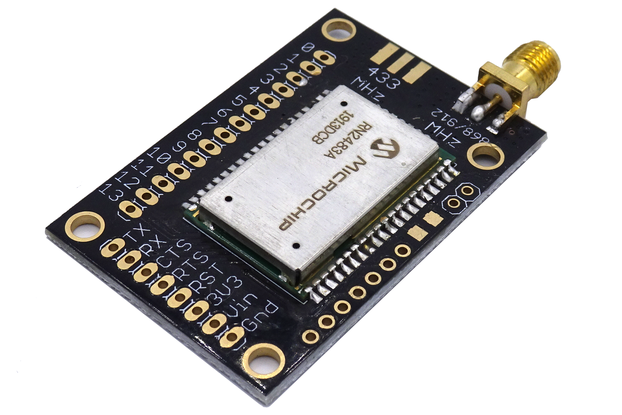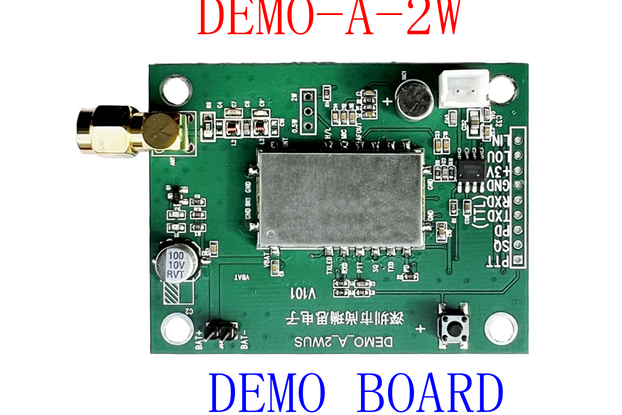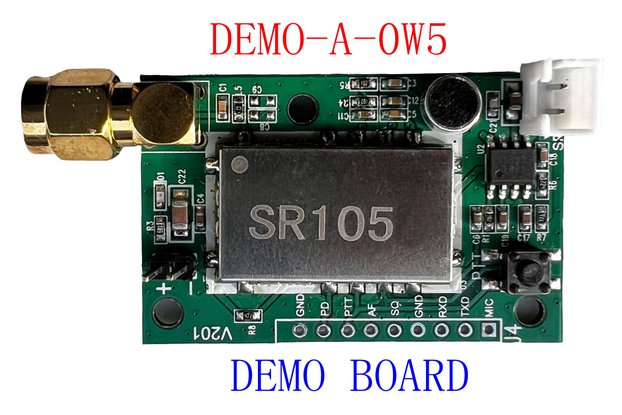ATSAMR34J18 System-in-Package (SiP) based MCU+LoRA RF module and Feather styled LPWAN breakout board.
Designed by MakerTronika Labs in Germany
This product is no longer available for sale.
The seller may be offering an improved version or it may be hanging out on the beach, enjoying the retired life.
What is it? This is a small 0.9 in. x 2 in. ATSAMR34J18 LoRA System-in-Package (SiP) based development board in Adafruit Feather form-factor. All the design and fabrication files can be found on my G…
Read More…This is a small 0.9 in. x 2 in. ATSAMR34J18 LoRA System-in-Package (SiP) based development board in Adafruit Feather form-factor. All the design and fabrication files can be found on my GitHub (current version is 1.2). Further documentation can be found on my website.
ATSAMR34J18 LoRa SiP is deigned as a separate RF module and is soldered on top of this breakout board (unsoldered version of the kit can be purchased). The RF module consists of all the essential components for the RF matching, RF switching and power filtering parts.
The Feather style breakout board comes in a breadboard friendly layout and it contains following items.
About a year ago when this SiP was released I was pretty excited to work on it. I then purchased the official SAMR34 Xplained Pro Evaluation Kit. It's a great kit with on board embedded debugger, but it is not very suitable for developing small and low-power LoRa nodes.
Furthermore, SAMR34 comes in a 6x6 mm BGA package and requires handful of carefully selected RF components to work with, which renders it as a not so hobbyist friendly. By designing a small RF module around it and publishing the design files, anyone who needs can incorporate the RF module in their design (as long as it's not for commercial purposes). All the GPIO lines have been broken out and for low-power operations VCC to the RF-switch can also be controlled using the dedicated GPIO line.
I made the board small, low-power and as versatile as I could for IoT application development. Most of the Adafruit Feather Wings can be used with this board. It is breadboard friendly but can be made into a portable, battery-powered device for solving real world problems.
Some current consumption results for the RF Module only @3.3V input.
Some more measurement figures for the breakout board alone @3.7V Vbat (w/o the RF Module).
When the Vbat voltage dips below 3.1V Voltage supervisor IC will disable the LDO and current consumption will be around 4 μA.
As a development environment one can choose between Atmel Studio v7 or newly released Mbed OS 5.10 which adds support for SAML21J18A target.
Here are some instructions on how to setup LoRaWAN stack on SAML21 / SAMR34 Xplained Pro boards (applicable to this board) with mbedOS.
If you plan to use Atmel Studio 7 then please follow this installation instructions that I put together to correctly setup the ASF v3 (Atmel-Software-Framework) development environment. Unfortunately ASF v4 with ATMEL START is currently not supported for SAMR34 devices.
The board can be flashed using an ATMEL-ICE or a J-Link SWD programmer/debuggers.
Serial communication with the board can be established either over the Rx-Tx pins (see the documentation page) using USB to Serial converter (i.e. FTDI, CH340G, etc.) or with the on-board USB. To activate the on-board USB as Virtual COM Port (VCP) one should use Atmel USB Device CDC Application example provided by the ASF. There are several VCP example projects with and without the LoRaWAN stack included.
If you have any questions please don't hesitate to contact me. Follow me @azerimaker to get occasional OSHW project updates.

$45.00
Free Shipping!

$32.50
Free Shipping!

$16.50
Free Shipping!

$16.00
Free Shipping!
By clicking Register, you confirm that you accept our Terms & Conditions
We recognize our top users by making them a Tindarian. Tindarians have access to secret & unreleased features.
We look for the most active & best members of the Tindie community, and invite them to join. There isn't a selection process or form to fill out. The only way to become a Tindarian is by being a nice & active member of the Tindie community!
